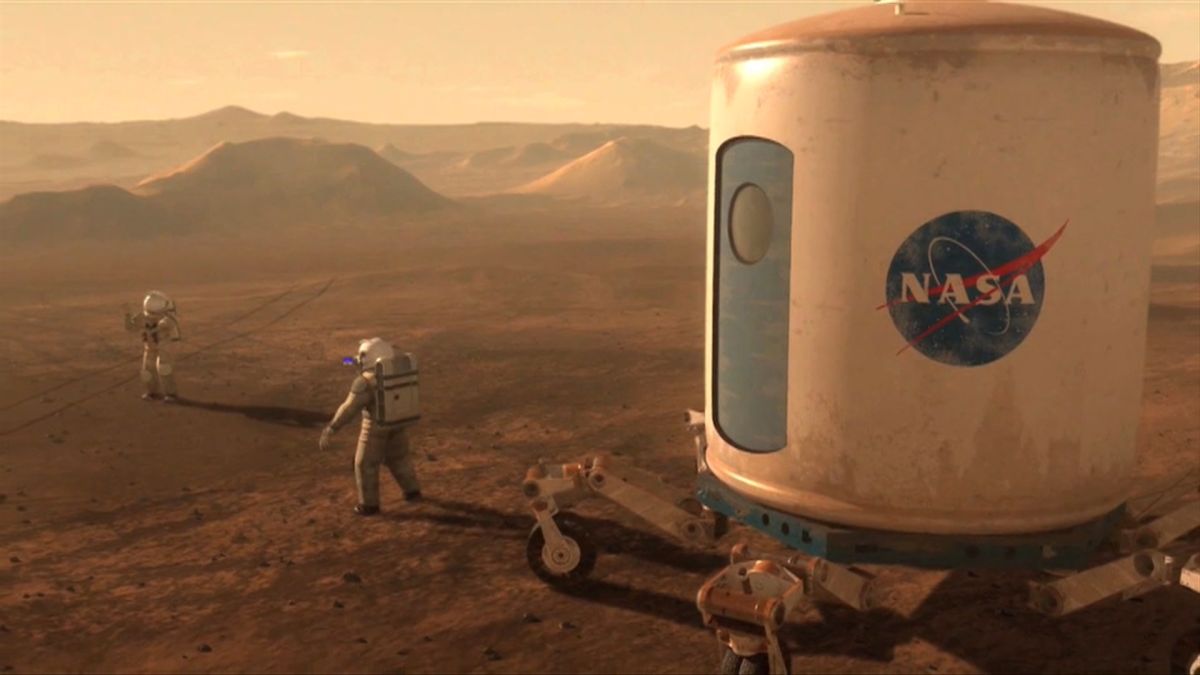In an editorial that was published in Scientific American on Tuesday (15), Gilbert Levin, a former NASA engineer who participated on the Viking missions, asserts that the agency has known there is life on Mars since the 1970s.

In the essay, Levin reveals that the two Viking ships, which touched down in quite different areas of Mars, conducted a number of tests to determine whether life existed there. Additionally, one of these tests, which was based on the work of scientist Louis Pasteur to demonstrate the existence of germs, revealed the presence of bacteria.
The other Viking mission spacecraft would have verified the results by doing the exact same test over 6,500 kilometers apart from where the first ship landed.
According to Levin, who claims to have spent the preceding 43 years investigating the mission’s findings, the entire crew was able to complete four tests that were positive for the existence of life on Mars, each with data curves that supported the existence of microbial respiration on Mars. Given that the results were very comparable to those obtained when examining the amount of bacteria in terrestrial soil, Levin thought that tiny life had been discovered on Mars.
In the essay, he raises the question of why the US government decided to keep this knowledge secret for so long if the existence of life on Mars had already been proven.

In practice, nevertheless, this is not the case. There is no agreement on whether the findings of tests conducted by Vikings on the Martian soil in the 1970s indicate the potential of life on Earth or not. These findings were made public, and other specialists have reviewed them throughout the preceding four decades. This is due to criticisms of the assertion that the tests are non-specific and that the results are inconsistent between research and so inconclusive.
Even Levin concurs with these observations, and it is at this point that the engineer reveals his main worry: the lack of follow-up research to support the Viking missions’ results. The government would be willing to send astronauts to a world where no one knows whether or not microbes exist, placing them in risk. This calls into question NASA’s existing intentions. If there is microscopic life on Mars, it will require a great deal of work to prevent them from coming into contact with any potential microbes there as well as to make sure they do not carry any of these germs back to Earth.
As a result, Levin comes to the conclusion that before sending astronauts to Mars, we must carefully review the findings of Viking’s experiments and compare them to the most recent evidence that life could exist on Mars. For example, recent findings that the planet had an atmosphere and sizable water reservoirs at some point during its evolution have led many scientists to believe that, at least at some point, living organisms existed on Mars.
There are many theories and signs that life previously existed on Mars, however there is no scientific consensus that a planet other than Earth has produced a life form. Levin’s warnings must be taken seriously, though, as transporting people to Mars may be extremely risky if there are living microorganisms present because it is hard to foresee how these germs and bacteria would react. Before sending the first humans out to explore the Martian surface, it will be vital to determine whether there is life on Mars if these astronauts return samples back to Earth.
Source: us3.c93network.com








